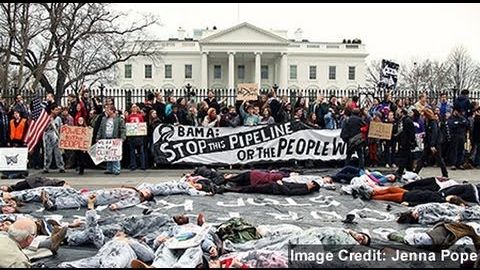
字幕と単語
何百人ものキーストーンXL抗議者が逮捕され、パイプラインに関するオバマ大統領の最終決定に影響を与えようとしている。 (Hundreds of Keystone XL Protestors Arrested, Look to Influence Obama's Final Decision on Pipeline)
00
Chien-Fu Liu が 2021 年 01 月 14 日 に投稿保存
動画の中の単語
project
US /prəˈdʒɛkt/
・
UK /prəˈdʒekt/
- v.t./i.推定する : 予想する;投影する;突き出る;印象を与える;計画する
- n. (c./u.)計画;公営住宅;事業;建造
A1 初級TOEIC
もっと見る エネルギーを使用
すべての単語を解除
発音・解説・フィルター機能を解除
